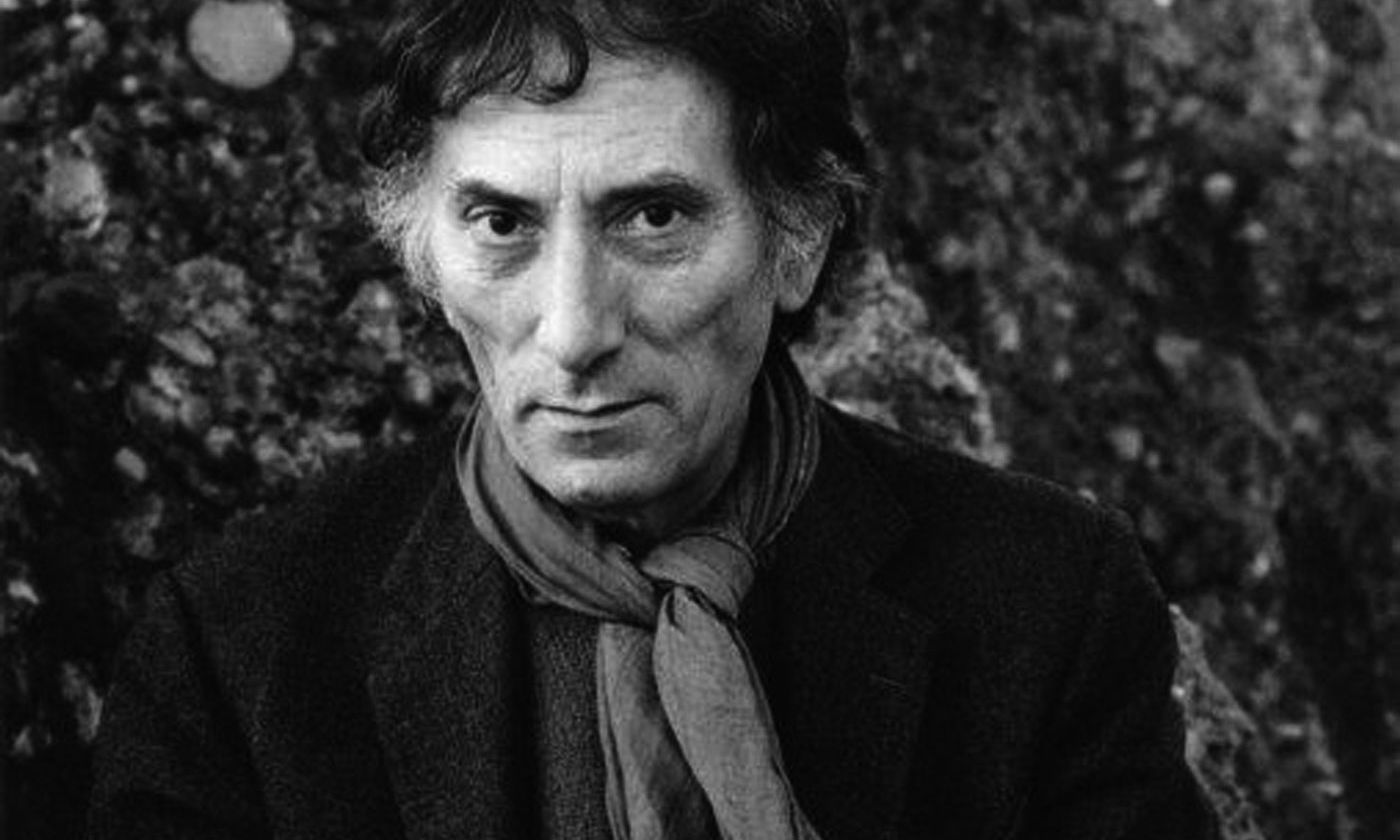Giovanni Anselmo: a 'key protagonist of the Arte Povera movement' Chris Felver
Giovanni Anselmo, a leading artist in the 1960s Arte Povera movement, has died aged 89. His death was confirmed by Marian Goodman Gallery, his representative in New York.
“A key protagonist of the Arte Povera movement and an artist of the Gallery for 39 years, Anselmo pursued and explored his practice in relation to nature, the finite and the indefinite, the visible and the invisible,” the gallery said in a statement. Next year a major show of Anselmo’s works is due to open at the Guggenheim Bilbao in Spain (Beyond the Horizon; 9 February-19 May).
A Guggenheim statement posted online says: “The age and beliefs of Giovanni Anselmo, a member of the Arte Povera movement, firmly place him in the generation of the 1960s. At the conceptual level, this decade forms a solid and homogeneous corpus that calls into question the rationalist idea of progress, and which attempted to reconstruct and revise creative approaches as a whole.”
Carolyn Christov-Bakargiev, the outgoing director of the Castello di Rivoli Museo d’Arte Contemporanea in Turin, also paid tribute in a statement, saying: "Today [18 December] Giovanni Anselmo—one of the greatest, most generous, most precise Arte Povera artists—passed away at 89. I loved him enormously. He oriented, showed me the meaning of ultramarine blue, beyond the sea, oltremare, far away and yet here, now, alive." Anselmo’s work will be included in an Arte Povera exhibition due to open at the Bourse de Commerce (Pinault Collection) in Paris late next year curated by Christov-Bakargiev.
Castello di Rivoli houses an extensive collection of Anselmo’s works including Neon nel cemento (Neon in Cement), 1967-69. “Four neon tubes, connected to an electrical circuit, are embedded within concrete blocks that rest on the floor. The long and rather thin blocks allow the viewer to glimpse only the ends of the neon tubes, which emanate a blue light. According to Anselmo, the work was created ‘with the intention of illuminating impenetrable darkness’,” says an online gallery statement. The institution website features a number of interviews with the artist.
Born in 1934 in Borgofranco d’Ivrea, northern Italy, Anselmo was largely self-taught and worked as a painter in the early 1960s. In late 1965, he had a revelation on the island of Stromboli, saying that “my shadow [went] towards the infinite from the top of Stromboli during dawn on 16 August 1965”; this moment, when his shadow dissolved, prompted works such as the drawing La Mia Ombra Verso l’Infinito Dalla Cima Dello Stromboli Durante L’Alba del 16 Agosto 1965 (1965).
Crucially, Anselmo’s work was included in the earliest and most influential exhibition Arte Povera show held in 1967 at the La Bertesca Gallery in Genoa, which was curated by the late critic Germano Celant. This exhibition also brought together other key artists from the movement such as Alighiero Boetti and Jannis Kounellis.
Anselmo’s first solo show was at Galleria Sperone in Milan in 1968. His works also featured in the epochal exhibition in Bern in 1969, Live In Your Head: When Attitudes Become Form, and at Documenta in Kassel in 1972. In 1990 he received the prestigious Golden Lion Award at the Venice Biennale.

